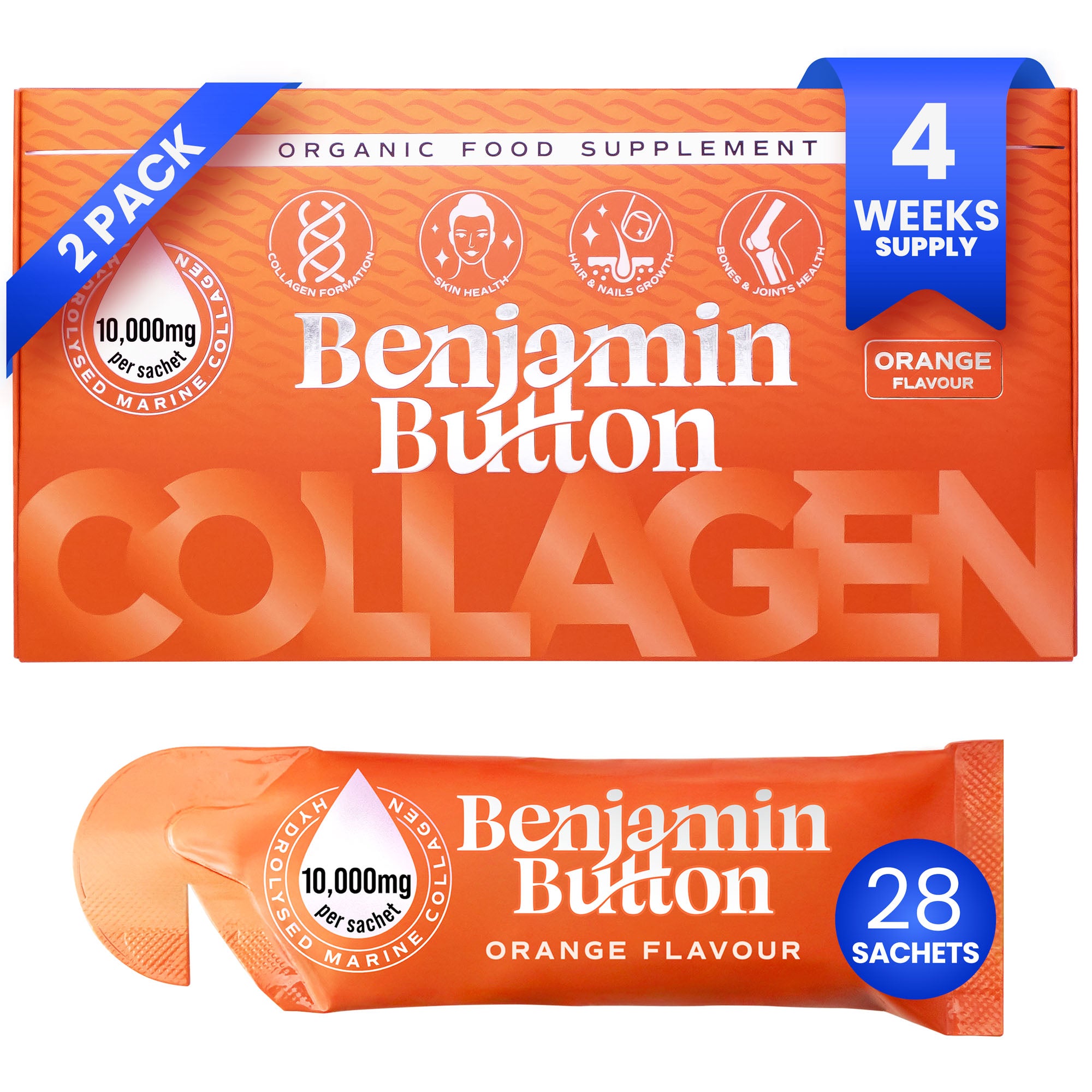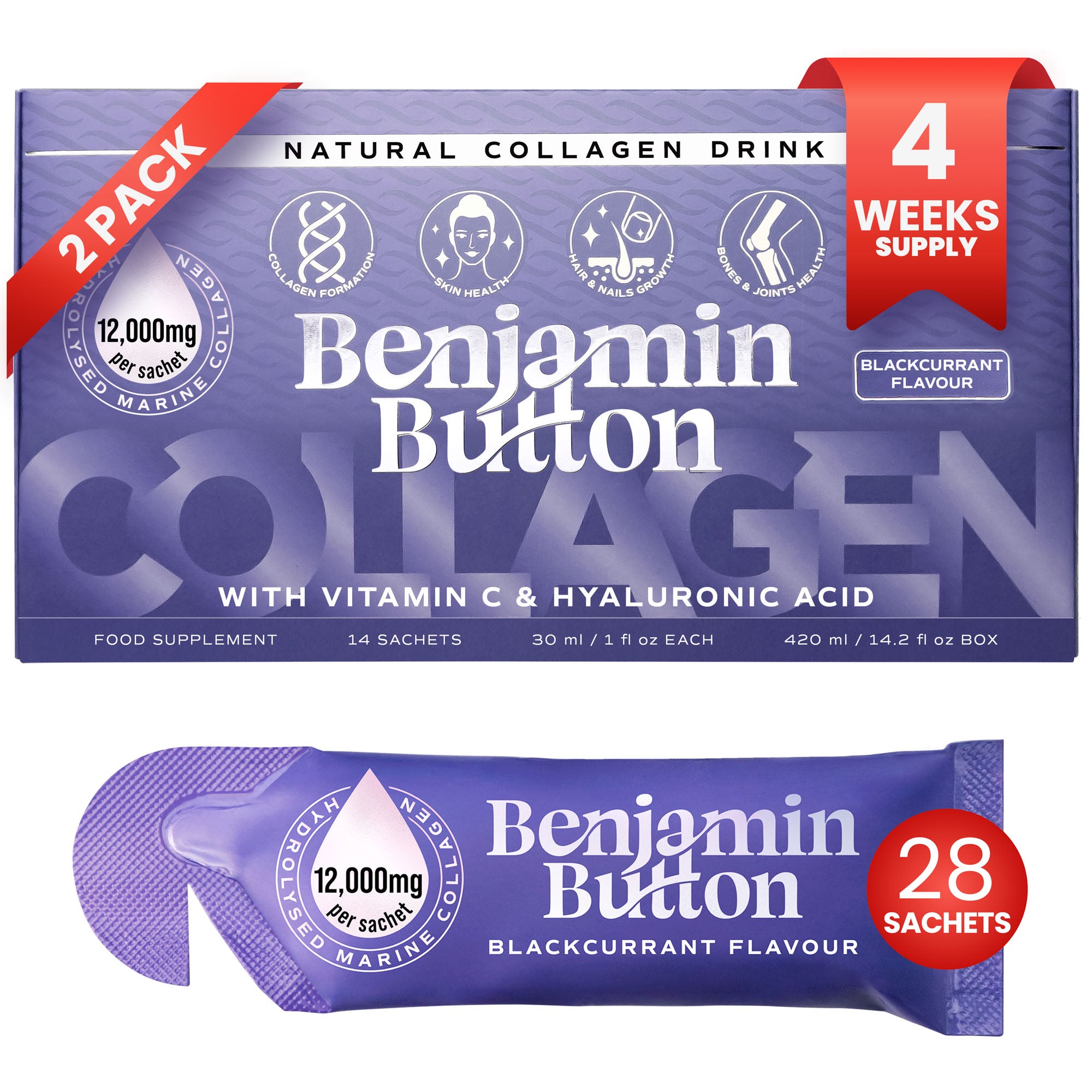Wray's Closure: A Significant Blow for Plus-Size Fashion
Wray’s closure marks a crucial turning point in the landscape of plus-size fashion, sending ripples through an industry already navigating a myriad of challenges. As a brand that embraced inclusivity and played a vital role in redefining beauty standards, Wray's exit raises significant questions about the future of plus-size apparel and the representation of diverse bodies within the fashion world.The Importance of Wray in the Plus-Size Market
Wray established itself as a champion of plus-size fashion, providing stylish and high-quality garments designed specifically for curvier figures. The brand catered to a demographic that has often been overlooked by mainstream designers, understanding the necessity of clothing that not only fits but also flatters and empowers. Key contributions of Wray included:- Diversity in Design: The brand showcased a variety of styles that catered to different tastes, allowing plus-size individuals to express their personalities through fashion.
- Quality Materials: With a commitment to using premium fabrics, Wray ensured that comfort and durability were as important as style.
- Body Acceptance: By promoting a positive body image through their marketing and design choices, Wray inspired confidence among plus-size consumers.
Impact on the Plus-Size Fashion Landscape
The ramifications of Wray’s closure are felt on multiple fronts, from consumer confidence to the economic health of the plus-size fashion sector. Here’s a closer look at how this development alters the landscape:- Fewer Choices: With Wray out of the picture, shoppers are left with fewer options, limiting their ability to find garments that meet their aesthetic and fit preferences.
- Disruption of Progress: Wray was part of a growing movement towards inclusivity in fashion. Its closure represents a setback in the fight for equal representation in the industry.
- Consumer Sentiment: Wray's loyal customer base could feel disheartened, pushing away those seeking brands that embrace their bodies, potentially leading to decreased confidence in fashion choices.
The Way Forward for Plus-Size Fashion
In light of Wray's closure, multiple avenues can be explored to ensure that the plus-size fashion community continues to receive the attention and representation it deserves.Emphasising New and Emerging Brands
The market must now pivot to champion new designers and brands committed to inclusivity. Encouraging emerging labels can replace what is lost and hold the conversation around body positivity. Brands striving to fill the gap left by Wray can do so by focusing on:- Innovative Fit: Prioritising perfecting the fit through extensive research and feedback from the plus-size community.
- Unique Aesthetic: Creating styles that cater not only to the curvy body shape but also to the latest fashion trends, ensuring consumers don’t have to sacrifice style for fit.
- Sustainable Practices: Many consumers are now leaning toward brands that maintain ethical production methods, so it’s essential for emerging brands to also focus on sustainability.
Advocacy and Community Support
Community support plays a crucial role in navigating this transitional phase. Both plus-size consumers and industry advocates must come together to amplify their voices and reshape the narrative around body image in fashion. Possible actions include:- Support Local Brands: Promoting local and indie brands that cater to the plus-size community can foster growth and establish a sense of loyalty amongst consumers.
- Build Online Spaces: Creating forums and online groups encourages discussions about body positivity and helps individuals discover emerging fashion brands.
- Campaign for Representation: Advocating for better representation in advertising and runway shows will keep the pressure on established brands to take plus-size fashion seriously.





















